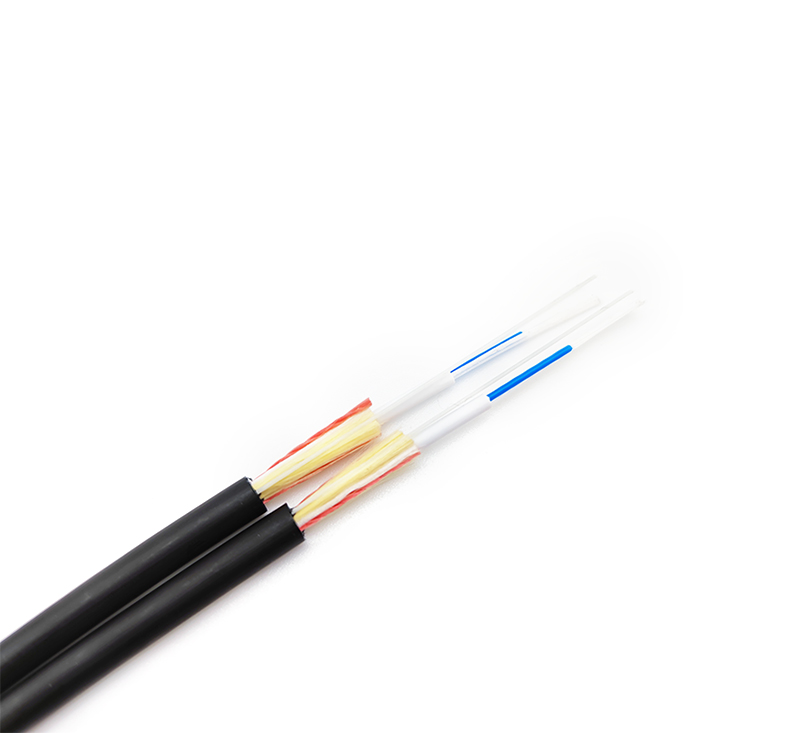The methods mainly include permanent connection, emergency connection and active connection.
1) Permanent fiber optic connection (also called hot melt):
This kind of connection is to melt and connect the connection points of the optical fibers together by electric discharge. Generally used in long-distance connection, permanent or semi-permanent fixed connection. Its main feature is that the connection attenuation is the lowest among all connection methods, with a typical value of 0.01~0.03dB/point. However, when connecting, special equipment (fusion machine) and professionals are required to operate, and the connection point also needs to be protected by a special container.

2) Emergency connection (also called) cold melting:
The emergency connection mainly uses mechanical and chemical methods to fix and bond the two optical fibers together. The main feature of this method is that the connection is fast and reliable, and the typical attenuation of the connection is 0.1~0.3dB/point. However, the long-term use of the connection point will be unstable, and the attenuation will increase greatly, so it can only be used for emergency use in a short time.
3) Active connection:
Active connection is a method of connecting sites to sites or sites to fiber optic cables using various fiber optic connection devices (plugs and sockets). This method is flexible, simple, convenient and reliable, and is mostly used in computer network wiring in buildings. Its typical attenuation is 1dB/connector.
2. Optical fiber detection:
The main purpose of optical fiber inspection is to ensure the quality of system connection, reduce fault factors and find out the fault point of optical fiber when fault occurs. There are many detection methods, mainly divided into manual simple measurement and precision instrument measurement.










